Preparing for the ATI Nursing Care of the Child 2019/2020 Proctored Exam can be a daunting task, but with the right study guide, you can feel confident and prepared on exam day. The exam covers a wide range of topics related to pediatric nursing care, from common childhood illnesses to developmental milestones. Let’s dive into some of the sample questions that you may encounter on the exam:
1. A nurse is providing education to the parent of a child with cystic fibrosis and a prolapsed rectum. What is a cause of this complication?
– Bulky stools
– Weakened rectal sphincter
– Elevated pancreatic enzymes
– Decreased intra-abdominal pressure
2. A pre-schooler is admitted to the emergency department with full-thickness third-degree burns over 45% of his body. What action should the nurse take first?
– Administer IV morphine
– Administer IV antibiotics
– Administer IV solutions
– Administer total parenteral nutrition
3. A nurse is providing teaching to a parent of a pre-schooler with Tinea Capitis. What should the nurse include in the teaching?
– Apply 1 to 20 Burrow’s solution compresses to the lesions
– Apply hydrocortisone cream to the lesions twice daily
– Seal and wash toys in a plastic bag for two weeks
– Leave the shampoo on the scalp for 5 to 10 minutes
These sample questions highlight the diverse content covered in the exam, emphasizing the need for comprehensive study and preparation.
FAQs
Q: How should I prepare for the ATI Nursing Care of the Child Proctored Exam?
A: To prepare for the exam, review your course materials, use study guides, practice with sample questions, and consider joining study groups for additional support and insights.
Q: What is the format of the ATI Nursing Care of the Child Proctored Exam?
A: The exam is typically administered online and consists of multiple-choice questions that assess your knowledge of pediatric nursing care concepts.
Q: How can I improve my critical thinking skills for the exam?
A: Engage in practice questions, case studies, and simulations to enhance your critical thinking abilities and apply theoretical knowledge to real-world scenarios.
Conclusion
The ATI Nursing Care of the Child 2019/2020 Proctored Exam is a comprehensive assessment of your knowledge and understanding of pediatric nursing care. By utilizing study guides, practicing with sample questions, and seeking support from peers, you can increase your chances of success on exam day. Remember to stay focused, manage your time effectively, and approach each question thoughtfully. Good luck with your exam preparation!As a nurse working in a pediatric setting, it is crucial to be knowledgeable about a wide range of medical conditions and treatments for children. In the scenarios presented, various pediatric health issues and nursing interventions are highlighted, providing a comprehensive view of the challenges nurses may face in caring for young patients. Let’s delve deeper into some key points highlighted in the scenarios:
### Pediatric Health Scenarios: Key Points
#### 1. Tonic-Clonic Seizures
– **Priority Equipment**: In a room where a child might experience a tonic-clonic seizure, the priority equipment to have is suction equipment to ensure the airway remains clear during and after the seizure.
#### 2. Cardiac Catheterization
– **Concern Post-Procedure**: Cool toes on the right foot following a cardiac catheterization via the right femoral entry can be concerning, indicating potential circulation issues.
#### 3. Sexual Maturation
– **Puberty Education**: Understanding sexual maturation in girls is essential for parents. Menarche signals the beginning of puberty, and higher body fat content can be associated with earlier onset of menarche.
#### 4. Measles (Rubella)
– **Expected Findings**: Koplik spots are typical in measles cases, along with a characteristic vesicular rash.
#### 5. Medication Administration
– **Acetaminophen Overdose**: In the case of an accidental acetaminophen overdose, the nurse should prepare to administer acetylcysteine as an antidote.
#### 6. Postoperative Care
– **Tracheoesophageal Shunt**: Proper care of a child post-tracheoesophageal shunt placement includes avoiding pressure on the shunt valve and not pumping the shunt.
#### 7. Iron Supplement Administration
– **Absorption Enhancement**: To enhance iron supplement absorption, recommending administration with a protein source would be beneficial.
### FAQ
#### 1. How should a nurse prioritize equipment during a tonic-clonic seizure?
During a tonic-clonic seizure, the priority is to have suction equipment available to maintain a clear airway.
#### 2. What is an essential consideration post-cardiac catheterization?
Cool toes on the right foot post-cardiac catheterization can indicate potential circulation issues and should be monitored closely.
#### 3. Which finding is characteristic of measles (rubella)?
Koplik spots are characteristic findings in measles cases, along with a vesicular rash.
### Conclusion
Caring for pediatric patients requires nurses to be adept at recognizing various symptoms, providing tailored care, and educating parents about crucial aspects of child health. By staying informed about the latest developments in pediatric medicine and practicing evidence-based care, nurses can ensure the best outcomes for young patients under their watchful eye.


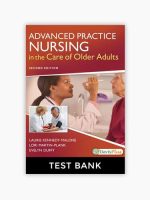
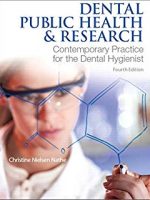
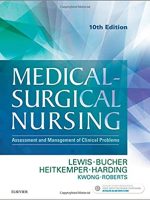
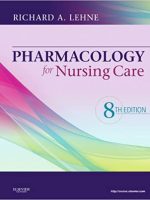


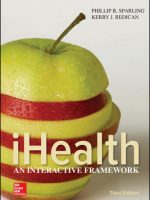
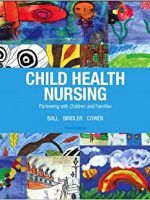
Be the first to review “ATI NURSING CARE OF THE CHILD 20192020 PROCTORED EXAM STUDY GUIDE”